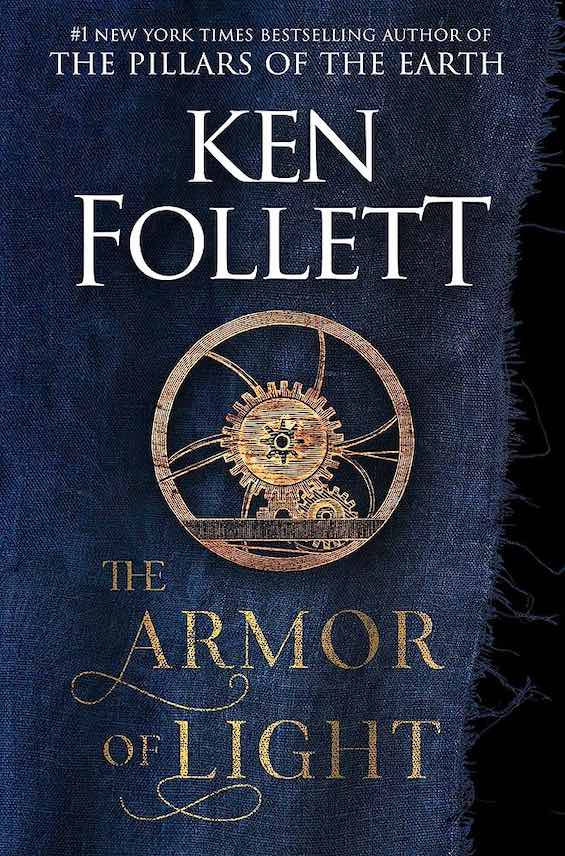
Estimated reading time: 5 minutes
Working round the clock for sixteen days in October and early November 1943, a ragtag bunch of Belgian resisters staged one of the most audacious and innovative protests their Nazi overlords had ever experienced. No one blew up train tracks or assassinated an SS officer or radioed London about Nazi plans to counter the invasion. This was a strictly journalistic caper. The rebels produced a fake edition of Le Soir, a venerable Belgian newspaper the Nazis had turned into a propaganda vehicle. But their version turned the propaganda on its head and lampooned Adolf Hitler and the Nazi occupation. It was satire, pure and simple—and it was hilarious. The fake newspaper, known to this day as “Faux Soir,” caused a sensation throughout Nazi-occupied Western Europe. And, yes, it really happened. E. R. Ramzipoor’s novel, The Ventriloquists, is loosely based on the known facts about this amazing World War II Resistance action. .
An outrageous caper in a slow-moving story
What is known about this outrageous caper is limited and larded over with legend. History identifies some of the men and women who participated in creating and distributing the Faux Soir. But to flesh out the story Ramzipoor adds new characters of her own creation and spices up the tale with such digressions as a lesbian love affair and an excursion to Auschwitz. Admittedly, it works, anyway, though it drags. But the story in its essence is simple. A motley crew of Belgian resisters led by a brilliant writer raises an extraordinary amount of money to publish their fake newspaper, and they do so working under the supervision of an SS brigadier general who thinks they’re really writing a pro-German version of an underground paper put out by the Resistance. The group’s leader assigns each of them a code name (“The Professor,” “The Urchin,” The Pyromaniac,” “The Scrivener,” “The Dybbuk”), and this is how they’re identified throughout the story.
The Ventriloquists by E. R. Ramzipoor (2019) 544 pages ★★★☆☆

Every character is a main character
Sadly, this is a great story but poorly done. It’s surely one of the most memorable acts of the World War II Resistance. Had the author chosen to write the book as a thriller or a comic caper story, it could have been terrific. Another writer might have chosen to do so (and still might). But author E. R. Ramzipoor chose instead to dwell at length in endowing every one of the characters in her large cast with a “legend” worthy of the CIA. And the result is a story that drags slowly—painfully slowly at times—in a countdown that never seems to end. Many elements in the tale seem either unnecessary (that lesbian affair) or hard to believe (the relationship between an SS brigadier general and a gay Jewish refugee). Other reviewers seem to have loved this novel. Despite my fascination with the period and the unusual true-life story, I didn’t.
About the author

E. R. (Roxana) Ramzipoor writes on her one-page author website that “I’m a queer, first gen Iranian-American author. I think and write about the intersection of identity, technology, language, and power. I also think a lot about my dog Lada.” On Google Books, we learn that “E.R. Ramzipoor is a writer based in California. She also works as a content marketer, writing about cybercrime and online fraud. She studied political science at UC Berkeley, where she researched underground literature in resistance movements and discovered the forgotten story of the Faux Soir. Her writing has been featured in McSweeney’s, and The Ventriloquists is her first novel. She lives with her partner and a terrier mix named Lada.”
For related reading
Check out The 10 best novels about World War II and 25 most enlightening historical novels.
For an enthusiastic review of this novel, see “In ‘The Ventriloquists,’ The True Story Of A Fake Newspaper” by Jean Zimmerman (NPR, September 1, 2019).
You might also enjoy:
And you can always find my most popular reviews, and the most recent ones, on the Home Page.


























